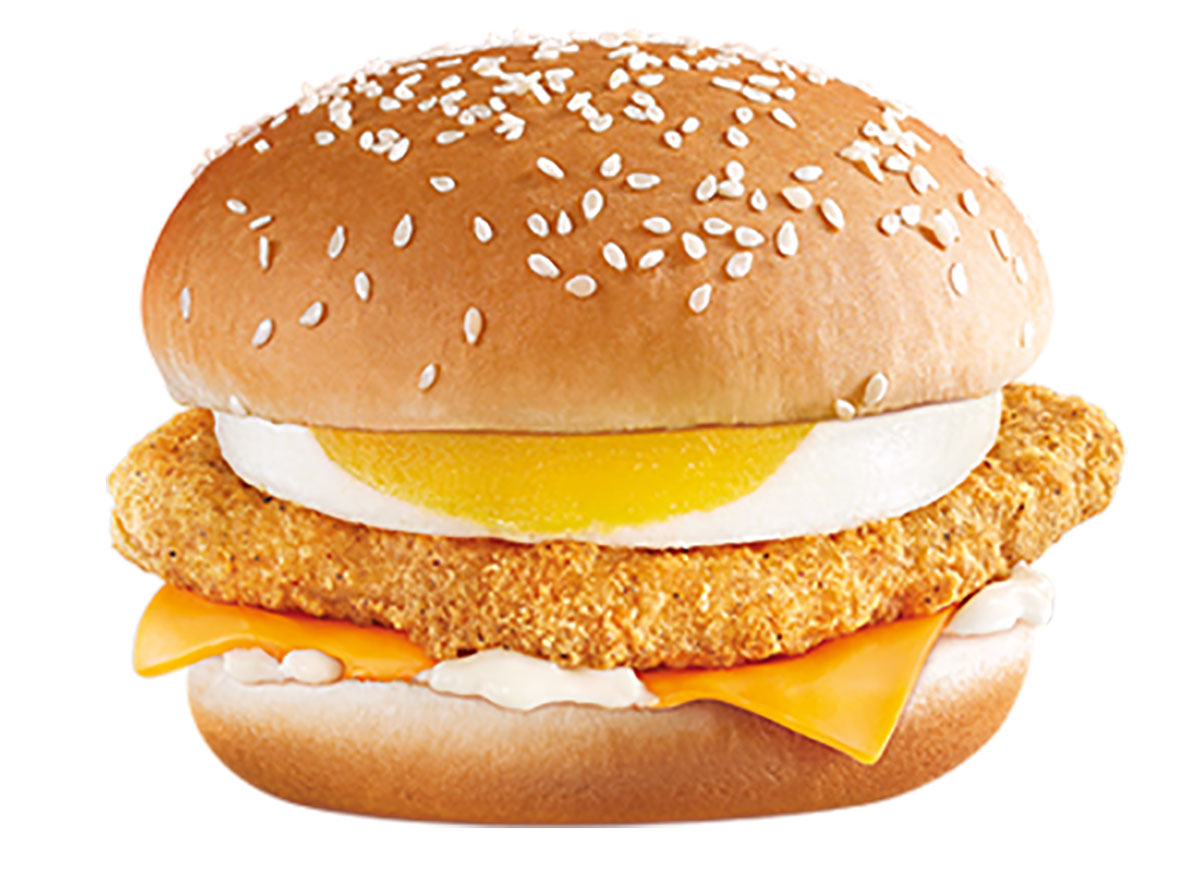
Has been sold periodically in Sweden, there called "Grand Big Mac". Big Big Mac: a Quarter Pounder–like product sold in Europe (Finland, Belgium, Spain, Portugal, and Italy).
#HOW MUCH DOES A BIG MAC COST IN GERMANY MAC#
The Double Big Mac is the biggest regular hamburger the chain produces and it has 680 calories. In Australia it was discontinued and replaced by the Grand Big Mac. It was introduced to the United States in early 2020. Available in Canada, China, Egypt, Ireland, Japan, Malaysia, Taiwan (during promotional periods only), Turkey, Singapore, Pakistan, South Korea, Thailand, and United Kingdom.
#HOW MUCH DOES A BIG MAC COST IN GERMANY FREE#
The revival includes the original prize of a free Big Mac if the customer is able to recite the phrase in under four seconds.

In 2008 McDonald's Malaysia revived the phrase. Advertising The " Two all-beef patties." sloganīig Mac button worn by Canadian crew members during the 1975 campaignĪ 1974 advertising campaign featured a list of the ingredients in a Big Mac: "Two all-beef patties, special sauce, lettuce, cheese, pickles, onions – on a sesame seed bun." Styrofoam containers were phased out beginning in 1990, due to environmental concerns. The Big Mac, along with many other McDonald's products, was first served in a collapsible cardboard container that was changed to a "clamshell" style styrofoam container in the late 1970s. In 2018, McDonald's revamped the special sauce by removing potassium sorbate, sodium benzoate, and calcium disodium EDTA. It consists of store-bought mayonnaise, sweet pickle relish and yellow mustard whisked together with vinegar, garlic powder, onion powder and paprika. In 2012, McDonald's executive chef Dan Coudreaut released a YouTube video revealing the recipe of the special sauce. īig Mac Sauce is delivered to McDonald's restaurants in sealed canisters designed by Sealright, from which it is meant to be directly dispensed using a special calibrated "sauce gun" that dispenses a specified amount of the sauce for each pull of the trigger. The name "special sauce" was popularized by a 1974 advertising campaign featuring a list of the ingredients in a Big Mac. This index is sometimes referred to as Burgernomics. The Economist has used it as a reference point for comparing the cost of living in different countries – the Big Mac Index – as it is so widely available and is comparable across markets. The Big Mac is known worldwide and is often used as a symbol of American capitalism and decadence. On October 1, 2018, McDonald's announced that it would remove all artificial preservatives, flavors, and coloring from the Big Mac. The Big Mac consists of two 1.6 oz (45 g) beef patties, "special sauce" (a variant of Thousand Island dressing), shredded iceberg lettuce, American cheese slices, sliced dill pickles, and minced onions, served in a three-part sesame seed bun. The Big Mac proved popular and it was added to the menu of all U.S.

It was designed to compete with Big Boy Restaurants' Big Boy hamburger Eat'n Park was the Pittsburgh area's Big Boy franchisee at the time.

The Big Mac debuted at Delligatti's Uniontown, Pennsylvania restaurant in 1967, selling for US$0.45 (equivalent to $3.49 in 2020). The third name, Big Mac, was created by Esther Glickstein Rose, a 21-year-old advertising secretary who worked at McDonald's corporate headquarters in Oak Brook, Illinois. The Big Mac had two previous names, both of which failed in the marketplace: the Aristocrat, which Americans found difficult to pronounce and understand, and Blue Ribbon Burger. It was invented in the kitchen of Delligatti's first McDonald's franchise, located on McKnight Road in suburban Ross Township. The Big Mac was created by Jim Delligatti, an early Ray Kroc franchisee, who was operating several restaurants in the Pittsburgh area.


 0 kommentar(er)
0 kommentar(er)
